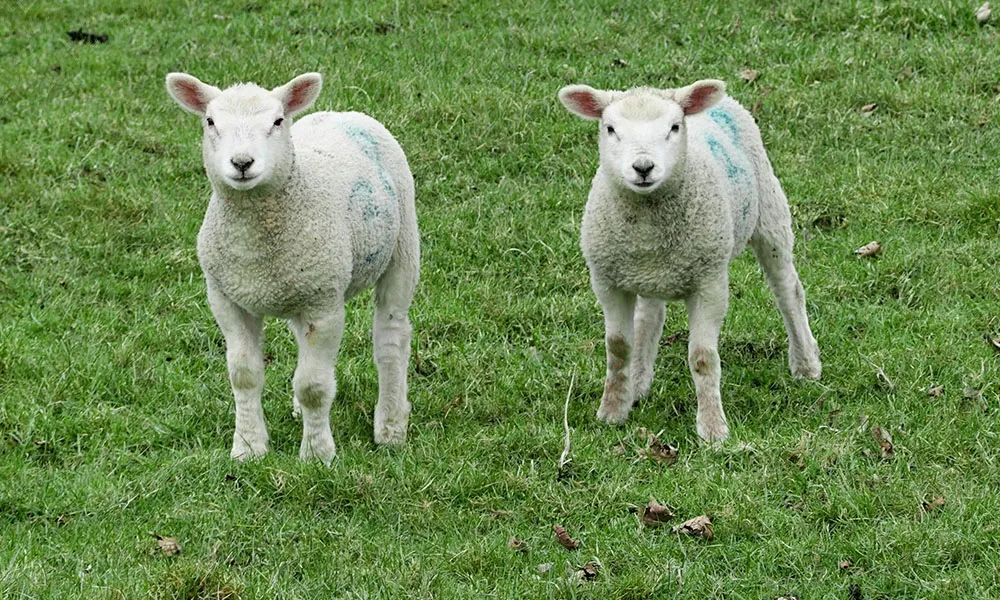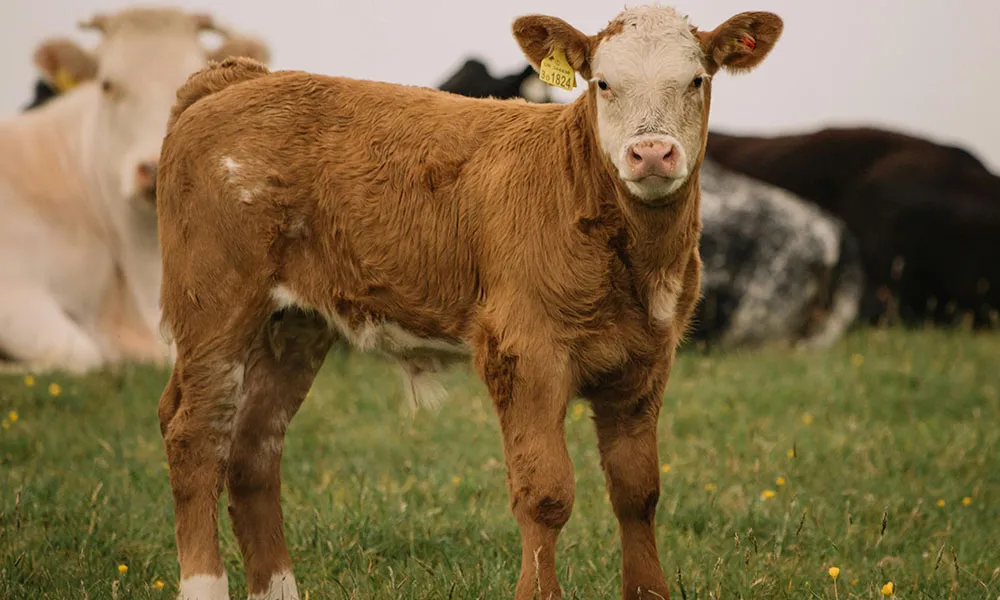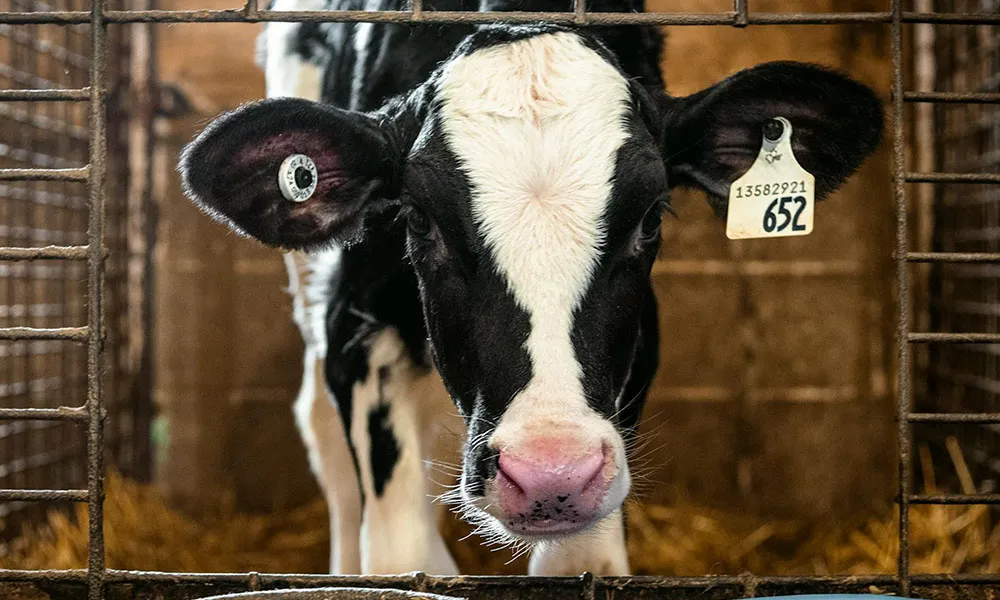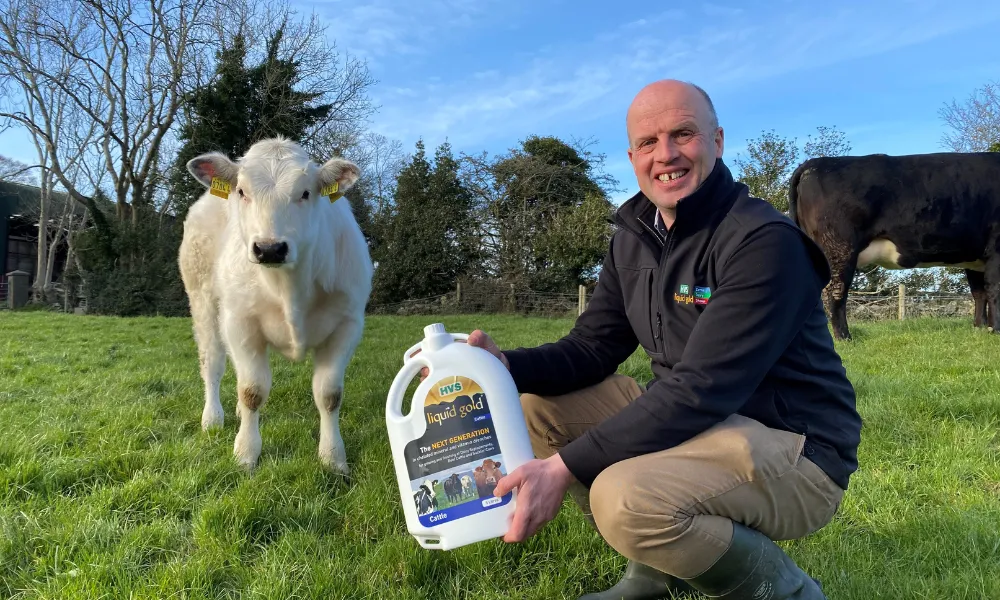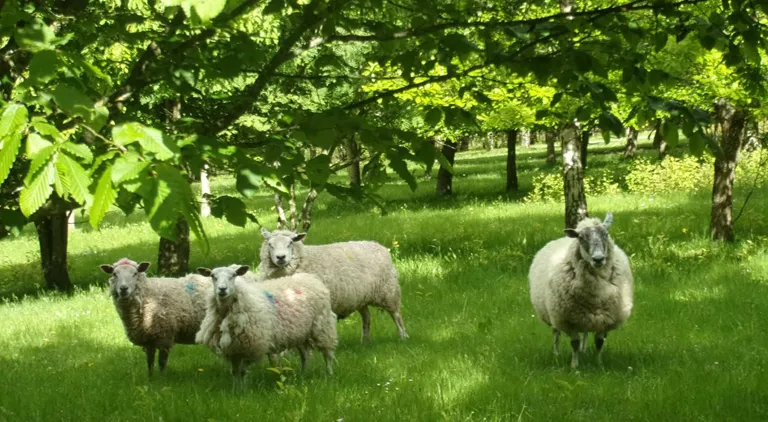
With weather conditions worsening around the country making farming increasingly difficult and an ageing farming population, there’s a lot more forestry going up around the country, particularly in the North West.
Government payment incentives have played a large part in this move toward forestry.
In Leitrim, councillors recently reported that close to 50% of available land in the county has been planted and they expressed fears that if the trend continues there will be no people left in the county as forestry will push out jobs and future development.
Many believe that there is a targeted effort from the government to designate Leitrim, and other marginal areas, to forestry in an effort to offset our increased agricultural emissions from more intense farming areas.
Leitrim councillors want a change at government level to curb the large forestry companies outbidding local farmers and to redistribute the load of forestry throughout the country.
But is this likely?
Farmers with good profitable land aren’t going to be as quick to sell up to the forestry or to plant it themselves.
It’s only natural that in areas of poorer land, which are becoming increasingly difficult to farm due to adverse weather, farmers will look at other means to make money from their land.
With big grants available or big prices offered, it’s the simplest way for many to be profitable. And, it is helping to offset our emissions. It does appears to be the only viable way forward.
Or is it?
A new exciting trend is gaining popularity around the world.
Agro-Forestry offers the best of both worlds. Agriculture and Forestry.
Farmers worldwide have started to replant trees, usually in lines or regular patterns and leaving areas of 10 to 20 metres apart, so that crops or grass for animals can be grown in between.
This has benefits, not only for the environment, but also for the farmer.
Studies have shown that agro-forestry systems have increased the profitability of farms due to increased soil fertility, increased animal welfare, reduced risk of disease in crops, and increased farm sales depending on the trees planted.
And there is also a grant for agro-farming enterprises.
Surely this is a more practical and diverse way to disperse the tree growing requirements throughout the country. It seems to be a win-win.
Unfortunately, the Irish Government doesn’t seem to have prioritised Agro-Forestry, committing to only 5 years of scheme payments as opposed to the 15 years given to full forestry.
This means that it’s less appealing to farmers.
In addition, there isn’t much information about the scheme with some farm consultants unsure, or worse, completely unaware of the scheme.
To add to these problems, the grant description seems to be too selective in terms of soil and tree types permitted.
The Teagasc website states that
“Ideally, sites should contain free draining mineral soils and should have no requirement for additional drainage.”
Most areas in Leitrim and other marginal areas that feel pushed towards forestry are unlikely to meet these stipulations, but are in the regions where farmers would be most willing to enter such a scheme.
This would appear to be too restrictive, particularly when these marginal areas are where Agro-forestry would bring the greatest benefits; From helping to dry up wetter lands making it more productive for farming, to keeping and increasing jobs in the local communities.
Around the world Agro-forestry is fast becoming the main topic in agricultural communities, with drier countries implementing it as away to reclaim degraded or even desert land and other European countries looking to it to offset their overall emissions.
In Ireland, we will have to embrace it sooner or later as the only viable option moving forward.
It is expected that Ireland is looking at fines that could reach half a billion, if we fail to meet our Emissions Targets for 2020.
We are currently well away from meeting these and the general public are looking at the farming community as responsible for these costs, with some suggesting that farmers should foot the bill.
Agro-forestry seems to offer a way out that doesn’t abandon whole chunks of the country, particularly as it’s not too far from how farms worked only fifty or sixty years ago, where fields were smaller with tree’s and hedges surrounding them on all sides. (I know one of our meadows used to be seven small fields and is now one ten acre field)
If the farming community in Ireland doesn’t look to embrace such measures, we will be left behind from the rest of the world?
It seems likely that a change must come, when we consider that some sectors around Europe and the wider world are calling for strict bans on imports from countries that aren’t aiming for sustainable and environmentally friendly produce.
France is already leading the way, aiming for 50% of their farms to be agro-forestry enterprises by 2025.
We are living in changing times and if we want to be a farming country into the future, we’re going to have to change with them.
Like it or not, Agro forestry is coming and Ireland has the opportunity to embrace it, do it well and benefit accordingly.
RGA





